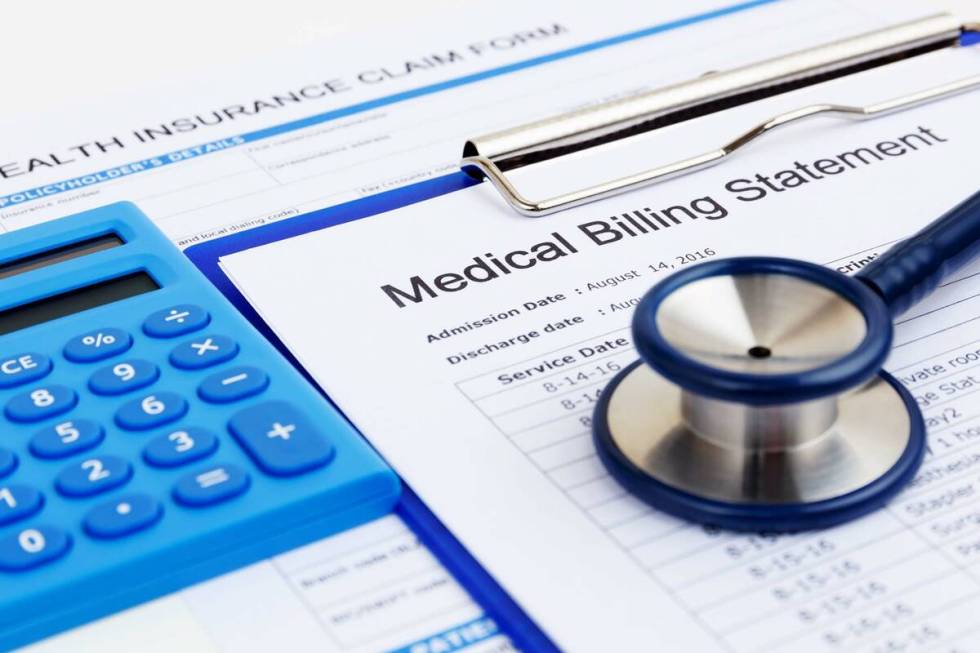EDITORIAL: Insulin and medical innovation

Competition, not government price controls, is the best way to lower prices. And now a group of hospitals is applying that principle to insulin.
The rising cost of insulin is a major issue for uninsured diabetics. They need insulin to survive, but costs have been soaring. The list price for insulin nearly tripled between 2002 and 2013. From 2014 to 2019, the average retail price rose 54 percent.
Understanding these price increases takes more analysis than bemoaning “greedy corporations.” Businesses that sell food, entertainment, cars and other goods and services are similarly motivated. But prices of those products — even with the inflation surge created by Democrats’ reckless spending — haven’t risen anywhere near as quickly.
It’s important to understand that the largest insulin purchasers don’t usually pay the list price. Insurance companies and pharmacy benefit managers negotiate significant discounts. Sometimes those discounts wipe out most of the increase in the list price.
Consider what Bloomberg found when it looked at Humalog, an insulin made by Eli Lilly &Co. Between 2009 and 2015, the list price per milliliter rose from $12.34 to $29.36. That’s a massive jump for uninsured customers. But the price insurance companies paid went from $9.46 to $10.06. “After discounts, the average price that insurers pay for Humalog increased slightly less than the 9.5 percent rise in inflation over this period,” Bloomberg reported.
None of this helps the uninsured individual who needs insulin. But the problem is exacerbated because there’s much less competition in the insulin market than in the market for other products. In addition, the market for insulin and other drugs is often distorted by the fact that consumers often don’t pay directly for such products.
Generic drugs should have been relieving cost pressures on a drug this old, but insulin is a biological drug. As The Washington Post reported, it requires “a special ‘biosimilar’ regulatory framework from the Food and Drug Administration that was not fully established until 2020.”
Remember that the next time a politician suggest more government is the solution to high drug prices.
Still, the need remains for a generic version of insulin that’s more affordable for the uninsured. A number of large U.S. hospitals are currently forming a consortium to build a massive pharmaceutical plant in Virginia that they hope will provide just that. The group plans to sell insulin for $30 a vial once production starts in a couple of years. Five injector pens will go for $55. That’s much less than the list price of name-brand insulin.
This is the type of health care innovation that should be rewarded and encouraged. Reducing regulatory barriers and limiting drug patent extensions would be far more effective than price fixing.